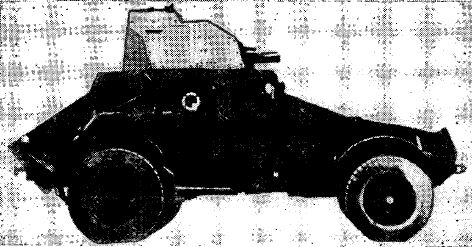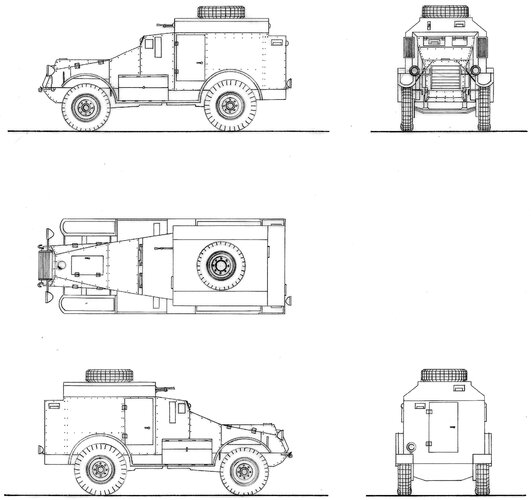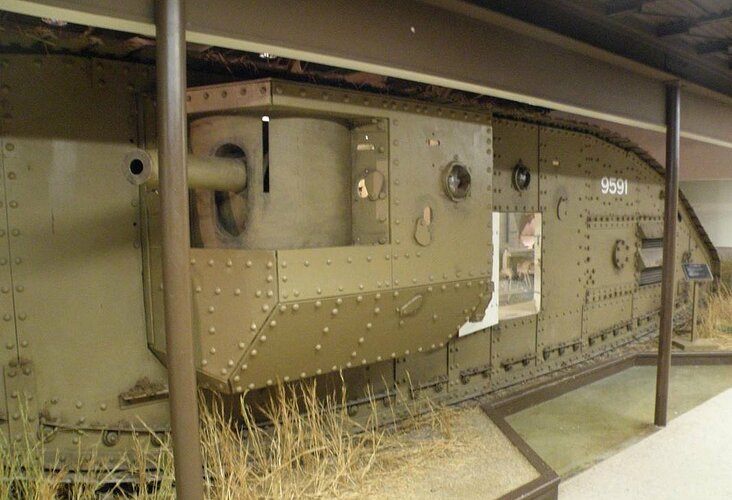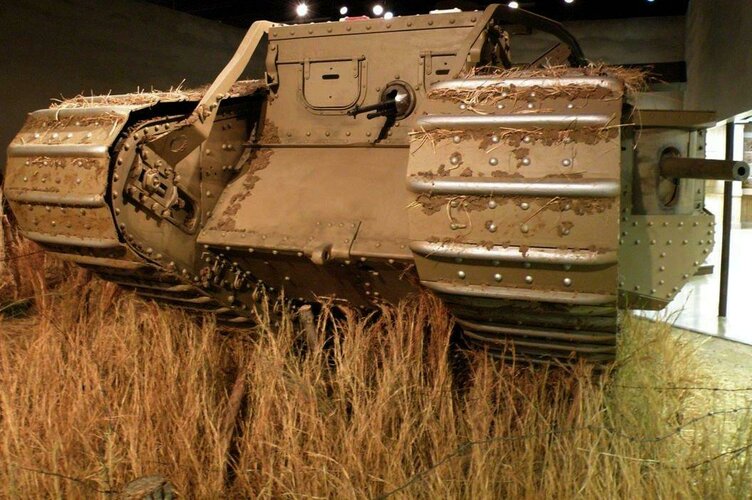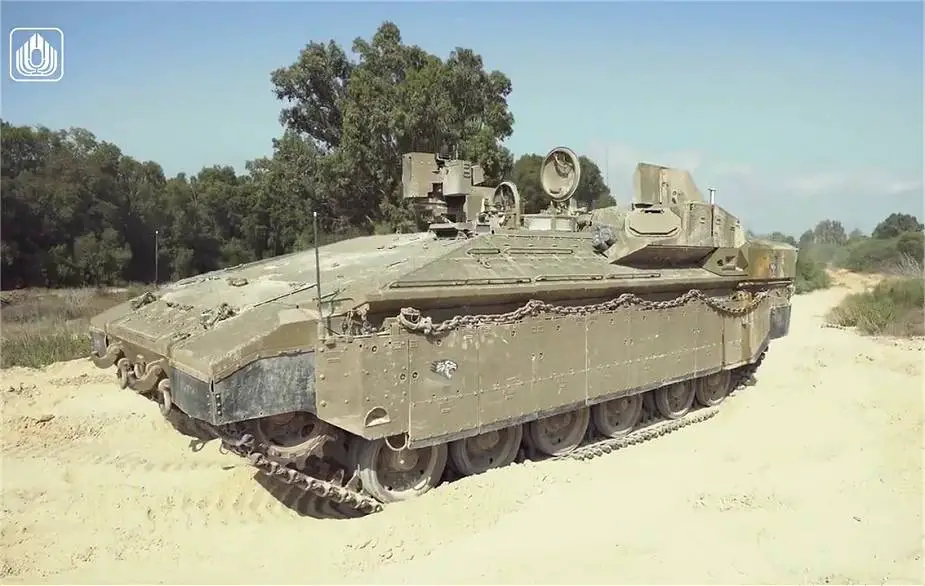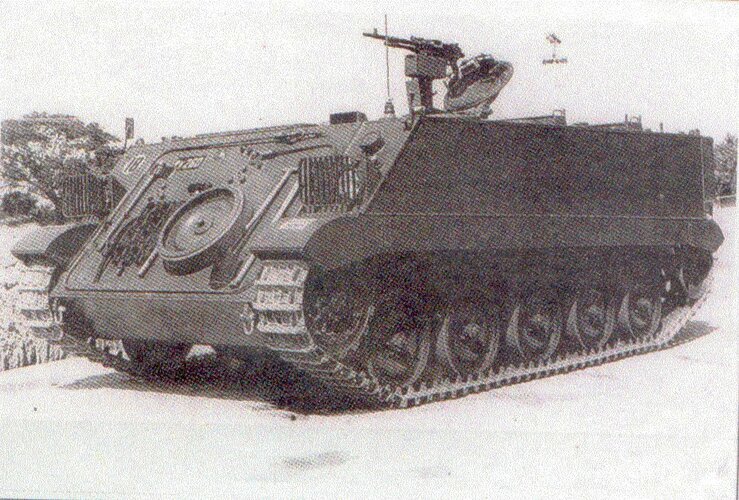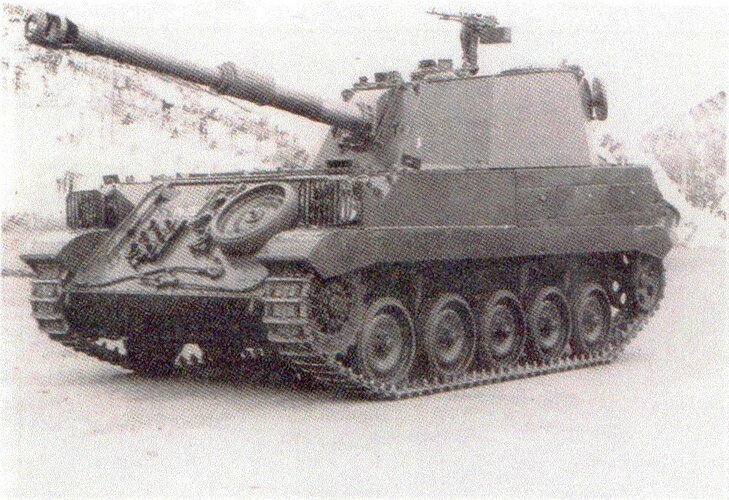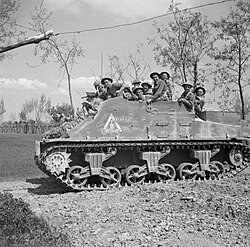Having served as a infantryman, FV432 driver and a Milan ATGW No 1 (so the firer) in BOAR from 1978 to 1982 I would not disagree with most of comments equipment wise above; although I will mildly below and come up with some of my own ideas.
I always was greatly concerned about the extremely thin armour of the FV432 APC we used, 1/2 inch on the front at most, so I remember when attached to a armour heavy Combat Team (CT) (1 platoon of infantry attached to a Chieftain Sqn - less the tank troop attached to the rest of our infantry Company as a Infantry heavy CT) we were always taught to tuck our FV432's in behind the assault troop of Chieftains in the assault - better them than us to be hit! Just not too close as if they decide to stop and reverse .................!
Interestingly by the early 80's the Chieftains seemed to have worked out most of their engine issues as it was rare to see one broken down, screaming along yes but mostly still going, and during a 'play with the other units toys day' the young infantrymen all wanted to transfer to the tanks!
The Warrior was/is a great vehicle, I was a qualified armoured infantry Platoon Commander later in my time, thicker than the FV432, a great gun (less the 7.62mm chain which was utter rubbish) and decent sights. However to have given it fully stabilised turret (and a better gun/ATGW as some countries did on their IFVs) would have have made the vehicle much more expensive and also mis-understands the role and manning of the Warrior. It was mostly commanded by young Corporals who, while mostly very good, had a lot on their plate; they had to command the vehicle, load the gun, and command their section while dismounted - a simple gun and a simple turreted system worked better than a all singing and dancing turret that would likely be more unreliable. The vehicle of course did get thermal sights later. The vehicle was at its best getting the troops to the dismount area, withdraw to a firing position or, if resistance was weak, provide fire support from the dismount area. We always withdrew and provided flank fire support if possible. Its still thinly armoured and is not a tank!
BTW for those wondering why no ATGM; it was preferred in the UK that dedicated ground based ATGM teams were better trained to ID the bad guys versus the young Corporal, and his Lance Corporal gunner, who already had enough jobs to do! AFV recognition was not every bodies favourite subject! And money of course!
To come to my point on this thread and what would I have preferred vehicle wise then its a far more thicker APC. A Chieftain based APC at the time would have been far better in many ways, I won't bore you with why in detail right now (unless you ask later), but I never understood why they put 4 guys behind the heavy armour of a Chieftain but 8-10 behind 1/2 inch on the FV432. Also while the Warrior was a great vehicle for peace support operations I was never convinced it would work in a peer on peer conventional conflict because of the thin armour (the Gulf wars were hardly peer on peer). The utility of the IFV in a general war scenario can be read about in the book below in more detail; the author thinks the IFV was not the right way to go about things and would likely suffer heavy causalities.
Battlegroup!: The Lessons of the Unfought Battles of the Cold War
So a tank based APC would be the ideal vehicle; at least one in every four (so one per platoon) could have a Marder type turret with a belt feed cannon but not all four; the rest could have a HMG/MG/GMG fired from within the vehicle. So get the Corporal and his section to the dismount area in one piece and let him do his job.
I was interested to read in the recent book Chobham Armour that the UK was planning to replace the Warrior in 2012 (yes really!) and one of the options was a Challenger Kangaroo (Kangaroo as in WW2 turretless Canadian built Ram tanks used as APCs); not clear if this was converted Challenger 1 or new builds.
Chobham Armour: Cold War British Armoured Vehicle Development
Buy Chobham Armour: Cold War British Armoured Vehicle Development 1 by William Suttie (ISBN: 9781472855268) from Amazon's Book Store. Everyday low prices and free delivery on eligible orders.
www.amazon.co.uk
BTW wheeled APC's are great for light mechanised units and peace support operations but it has to be tracked and have heavy armour for conventional conflicts. Any thing else is barmy; I commanded a Saxon platoon as a SNCO so I know trust me!
Happy to discuss more of my thoughts if anybody is interested; but go easy on me please.
Regards, VikingTank.

